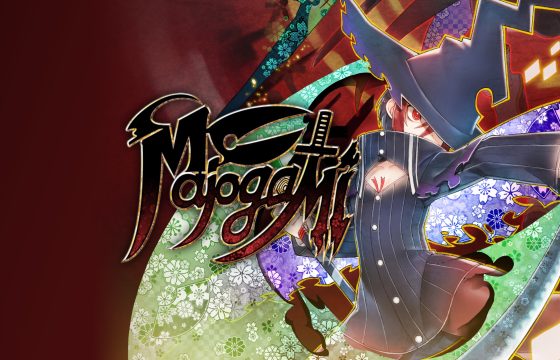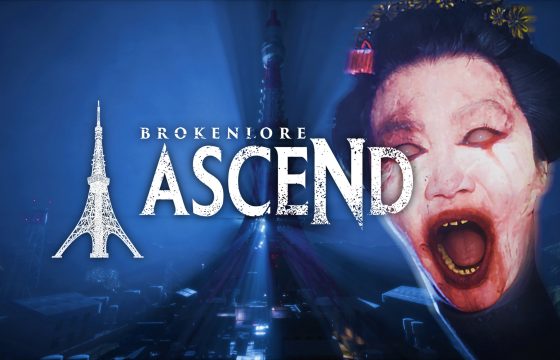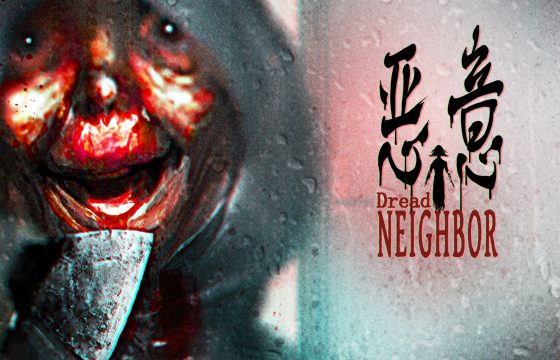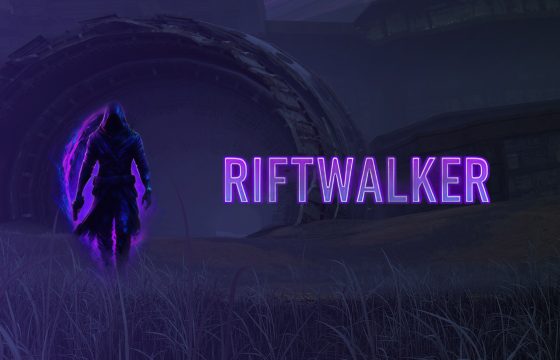There’s no hiding from what haunts you inside.
The Beast Inside is a gripping psychological thriller infused with chilling horror elements, developed by Illusion Ray Studio. Released in 2020, it masterfully blends an intense investigative narrative with a thick atmosphere of tension and mystery, featuring a strong storytelling focus that drives the player to explore two parallel timelines.
This first-person experience expertly merges intense storytelling with moments of unsettling psychological horror, where the boundaries between reality and madness become disturbingly blurred.
You step into the shoes of Adam, a CIA analyst who relocates with his wife, Emma, to a seemingly peaceful town — only to discover a dark and dangerous truth lurking beneath the surface.
As the narrative unfolds through a series of cryptic clues and haunting flashbacks, players shift between Adam’s present-day struggles and the experiences of a mysterious figure from the past, delving deep into themes of mind control and manipulation.
The Beast Inside appeals to fans of thriller and horror genres who appreciate a narrative-driven experience with a more contemplative approach compared to traditional action-heavy survival horror games. Its rich story, evocative settings, and expertly crafted psychological tension mark it as a standout title in the indie horror genre.
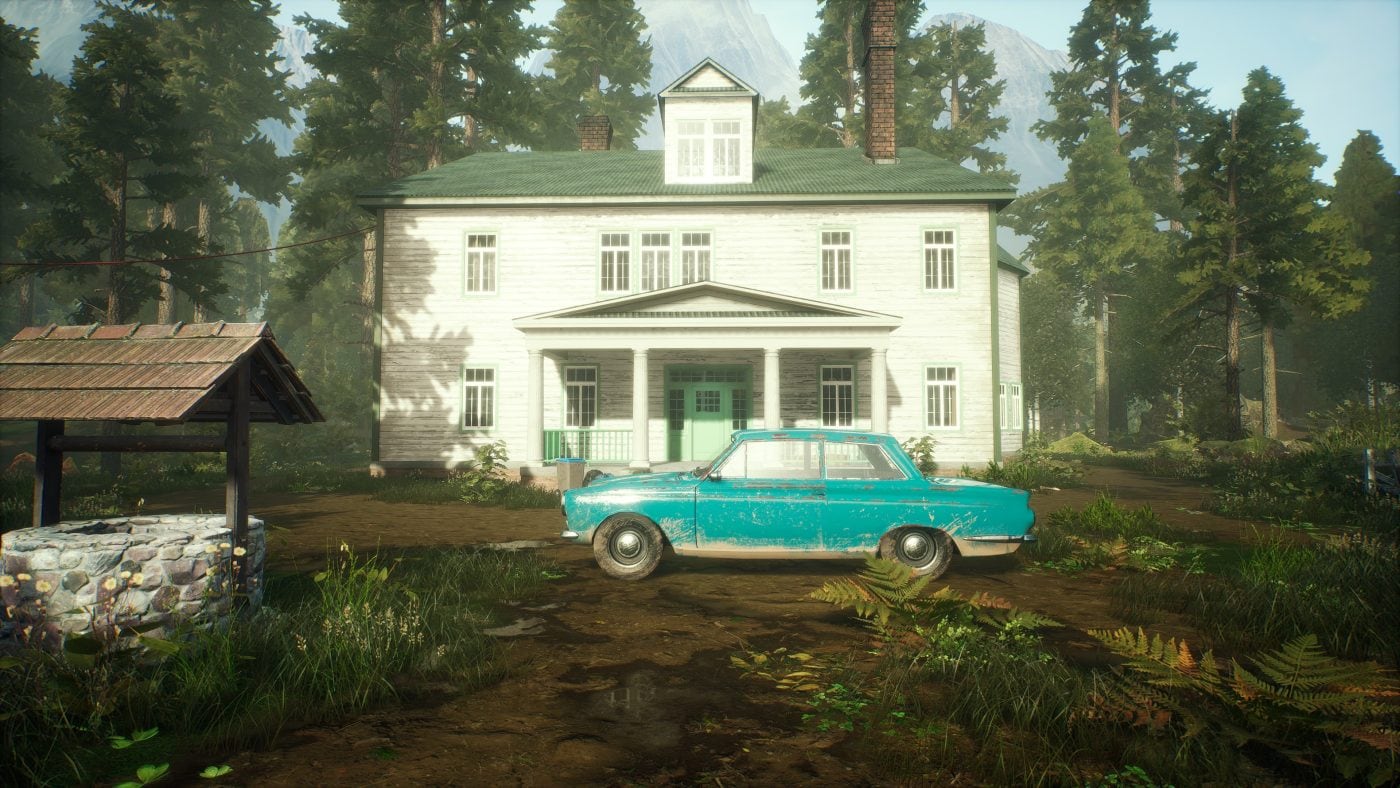

Illusion Ray: The Minds Behind The Beast Inside
Illusion Ray Studio is a Polish indie development team acclaimed for its innovative and ambitious take on psychological horror. Comprised of a tight-knit group of passionate creators deeply invested in narrative-driven and atmospheric gaming experiences, the studio has carved a distinctive niche in the indie scene by delivering immersive stories that expertly blend artistic vision with compelling gameplay.
Founded by friends and industry professionals united by a shared passion for unconventional horror and thriller genres, Illusion Ray made a striking international debut with The Beast Inside—their first major project. The game quickly garnered attention thanks to its strong concept and polished technical craftsmanship.
The team’s expertise lies in exploring human psychology and the complexities of the mind, themes intricately woven into the game’s dual-timeline narrative and historically inspired settings. This approach showcases their dedication to merging realism and fantasy in a way that feels authentic and deeply engaging.
Illusion Ray dedicated several years to developing the project, continuously refining the narrative and environmental design through extensive player feedback gathered during multiple development stages, including early access. This iterative approach enabled them to expertly balance exploratory gameplay with narrative intensity while overcoming technical challenges prior to the official launch.
Demonstrating exceptional project management and coordination, the studio delivered a high-quality title capable of competing with larger productions, particularly within the indie sphere. Consequently, The Beast Inside has earned multiple accolades for its original storytelling and its tense, meticulously crafted atmosphere.
A Layered and Thought-Provoking Narrative
The story of The Beast Inside stands out for its complexity and the seamless intertwining of two continuously alternating timelines, offering players a richly layered and suspenseful narrative. The game unfolds two parallel stories set in distinct eras yet deeply interconnected, gradually unraveling a mystery through exploration and the gathering of clues.
Set during the height of the Cold War in 1979, the present-day storyline follows Adam, a CIA analyst who relocates with his pregnant wife, Emma, to a seemingly quiet American town, hoping to start anew after a difficult period. However, Adam soon becomes embroiled in a series of disturbing events that begin to erode his mental stability. His mission to decode secret Soviet communications initially grounds the setting in a seemingly normal reality, but as the story progresses, the environment reveals itself to be rife with hidden dangers, mysterious enemies, and supernatural occurrences that blur the boundaries between reality and illusion.

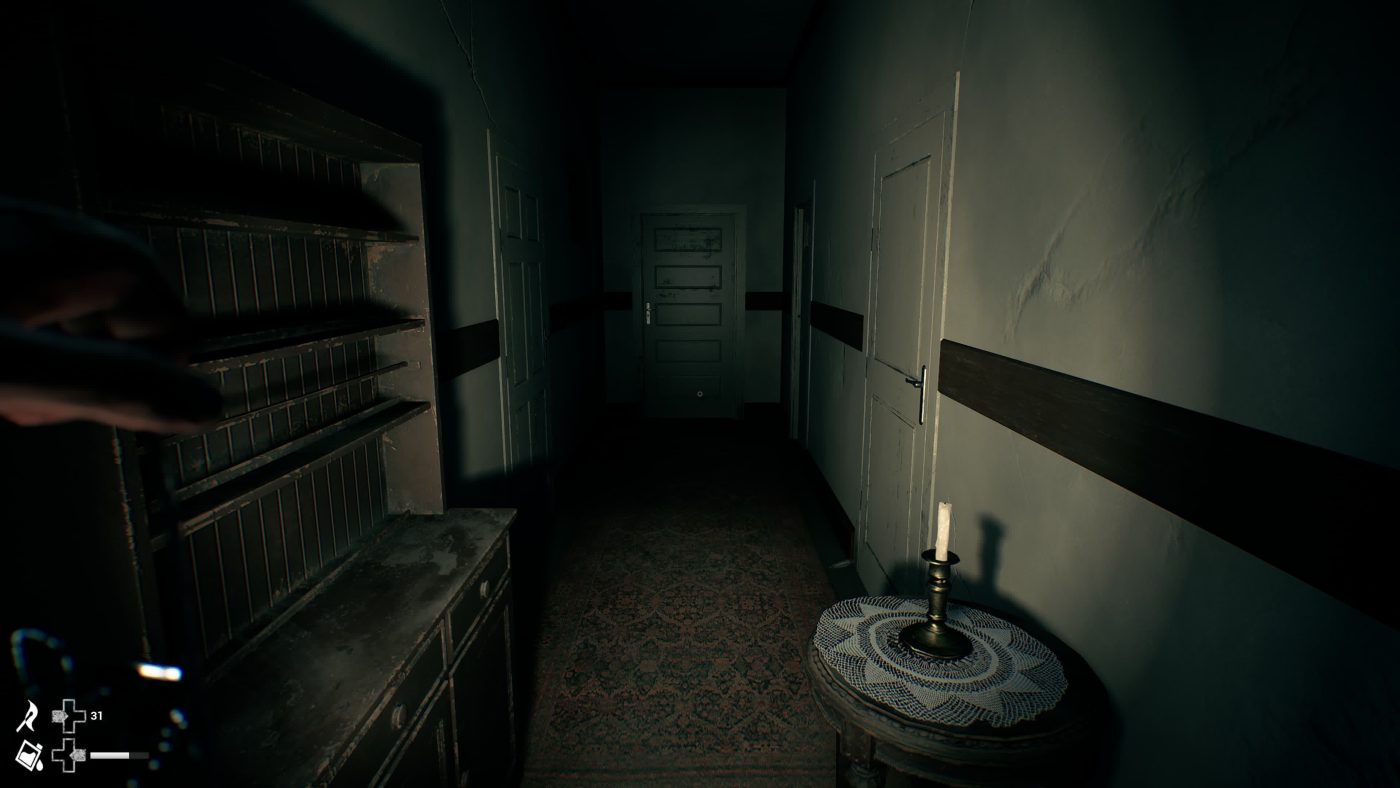
The second timeline unfolds when Adam discovers a diary belonging to Nicolas Hyde, a former owner of the same mansion. This narrative transports players back to 1864, where Hyde returns to his father’s home after many years away. Alone and shrouded in darkness, he finds the house seemingly abandoned—but he is not truly alone. A mysterious masked figure soon begins to haunt him, with chilling repercussions that echo into Adam’s present-day reality. Through flashbacks, documents, letters, and environmental storytelling, the game reveals the origins and background of the malevolent force afflicting both timelines. This dual perspective enables the exploration of profound themes such as the nature of evil, madness, and inevitable fate.
The connecting thread between the two stories is a mysterious figure who manipulates events and influences the minds of the protagonists, blurring the line between reality and hallucination. The narrative embraces uncertainty and doubt, entrusting players with the responsibility of piecing together the puzzle and interpreting the unfolding events. Carefully constructed, the plot ensures that each new revelation raises further questions, with tension escalating steadily towards a climactic conclusion that offers multiple endings based on the player’s choices. The richly detailed setting, imbued with historical and cultural elements, enriches the experience, crafting a world that is both believable and deeply unsettling.

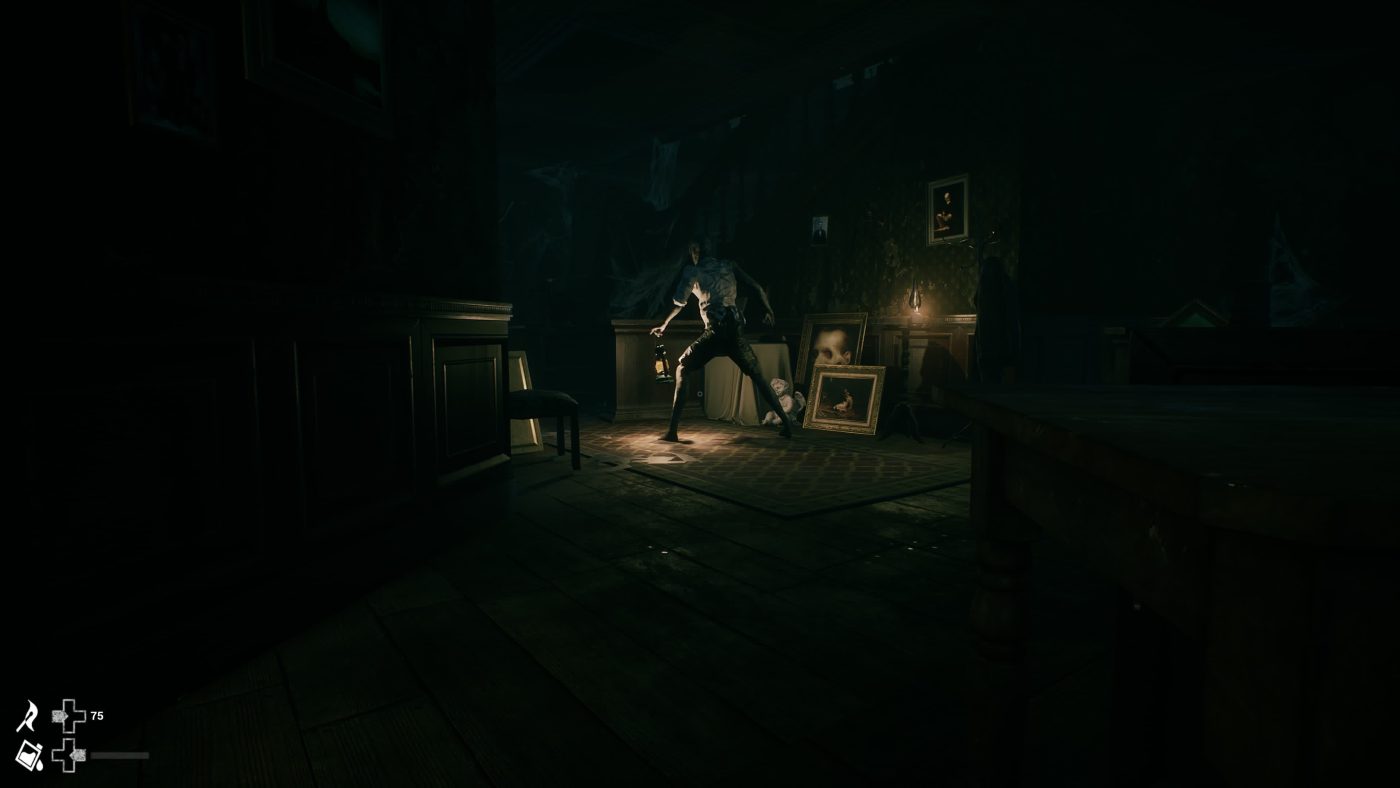
A Dark and Evocative Journey Through Mind and Time
One of The Beast Inside’s most compelling strengths lies in its narrative—a rich, multi-layered story that transcends conventional horror tropes and resonates on both emotional and intellectual levels.
The story unfolds through a non-linear structure, alternating between the present-day—set during the daytime—and a haunting past that emerges by night. This dual-timeline framework challenges players to reconstruct fragmented events and scattered clues, fostering a deeper understanding of the characters and their motivations, while progressively unveiling their darkest secrets and psychological complexities.
The deft integration of flashbacks, written documents, audio recordings, and dreamlike sequences cultivates a constant atmosphere of mystery, sustaining both narrative tension and player curiosity from beginning to end.
Equally compelling is the psychological duality of Adam, the protagonist, who endures a relentless internal conflict—trapped between reality and illusion, fear and doubt, chaos and obsession.
The narrative delves into weighty themes such as memory loss, trauma, psychological manipulation, and guilt, effectively capturing the alienation and existential despair that haunt Adam. This psychological depth is further amplified through well-crafted dialogue and introspective monologues that offer an intimate window into the human psyche.
The historical and socio-political context also plays a vital role in enriching the experience, integrating real or plausibly reconstructed events that lend additional depth and resonance to the overarching plot. The mansion’s ominous legacy, unsettling local legends, and eerie occurrences are woven seamlessly into the narrative fabric, enhancing immersion without detracting from the central storyline. This narrative approach establishes a game world that feels both vividly alive and unnervingly authentic—especially rare within the horror genre.
Players are given emotionally charged, albeit limited, choices that influence the story’s progression and outcome, culminating in multiple endings that reward thoughtful engagement and elevate the game’s replay value.
Through its masterful fusion of visual, auditory, and textual storytelling—realized through cinematic sequences and seamlessly integrated gameplay—The Beast Inside maintains a gripping narrative rhythm, devoid of filler or stagnation. The result is an experience that is both haunting and intelligent, capable of exploring profound emotional terrain with nuance and sophistication.
The Beast Inside stands as a testament to how video games can transcend entertainment, offering a mature, emotionally resonant, and deeply evocative narrative journey—one that demands to be experienced.
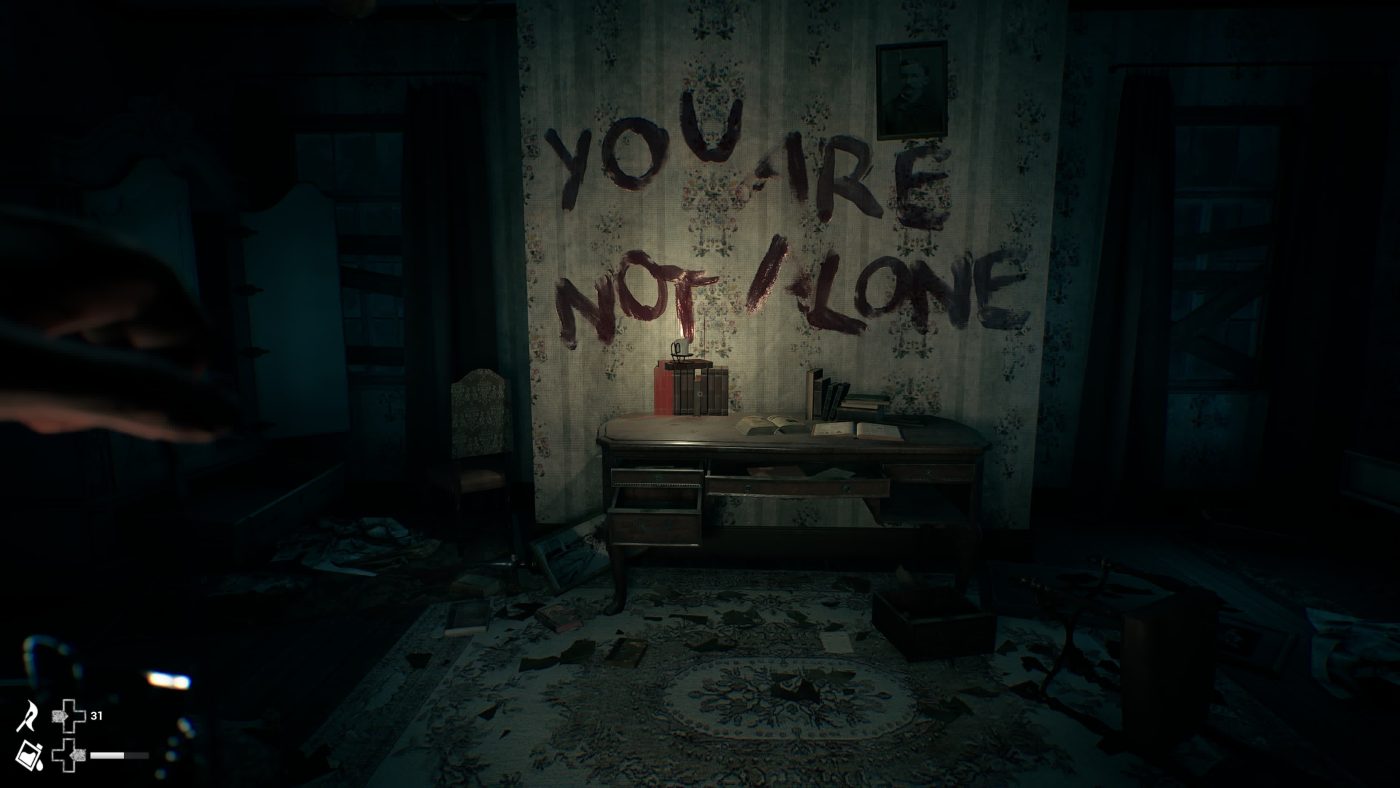
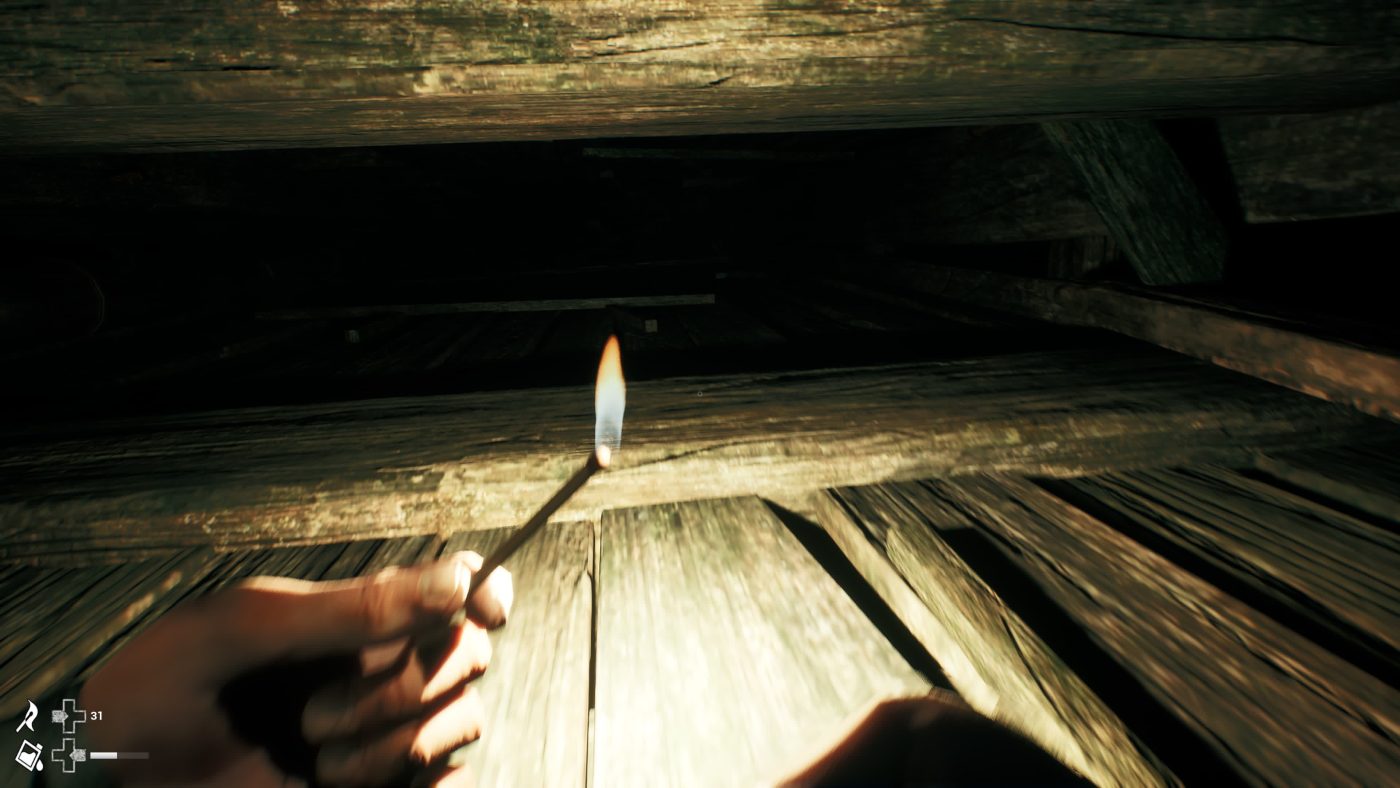
Strong Technical Execution
From a technical standpoint, The Beast Inside immediately reveals a meticulous attention to detail—most notably in its environmental design, visual presentation, and animation work—crafting an atmosphere that immerses the player in a psychological thriller with pronounced cinematic undertones.
Powered by Unreal Engine 4, the game leverages the engine’s capabilities to deliver highly detailed and atmospheric environments. While the visual fidelity may show signs of age today, the game remains impressive, with sharp textures, dynamic lighting, and carefully balanced shadows that enhance immersion and heighten suspense.
Lighting, in particular, serves not merely an aesthetic function but a narrative one—shifting subtly to underscore key moments, direct attention, or cultivate dread. The chiaroscuro lighting design, evocative of classic noir and psychological cinema, plays a critical role in shaping the game’s unsettling mood.
The level design is rich and diverse, alternating between modern domestic settings and dark, crumbling 19th-century interiors that echo the game’s dual narrative structure. This interplay between two time periods creates a visual dichotomy that mirrors the protagonists’ psychological fragmentation and intensifies the feeling of disorientation.
Attention to detail is consistently high throughout. Interiors are densely populated with environmental storytelling cues—family portraits, faded documents, and damaged furniture that silently narrate their own histories. The game invites players to explore and interpret these elements, fostering a deeper connection to the world.
There’s also an intelligent use of symbolic imagery: surreal paintings, broken mirrors, cryptic scribbles, and other disturbing visuals serve to unsettle the player while enriching the thematic subtext. Horror is often suggested rather than shown, favoring psychological tension over overt shock.
The creature and antagonist designs, while used sparingly, are effectively rendered and accompanied by strong audiovisual cues. These fleeting yet intense encounters create a lingering sense of vulnerability and fear without relying on gratuitous visual horror.

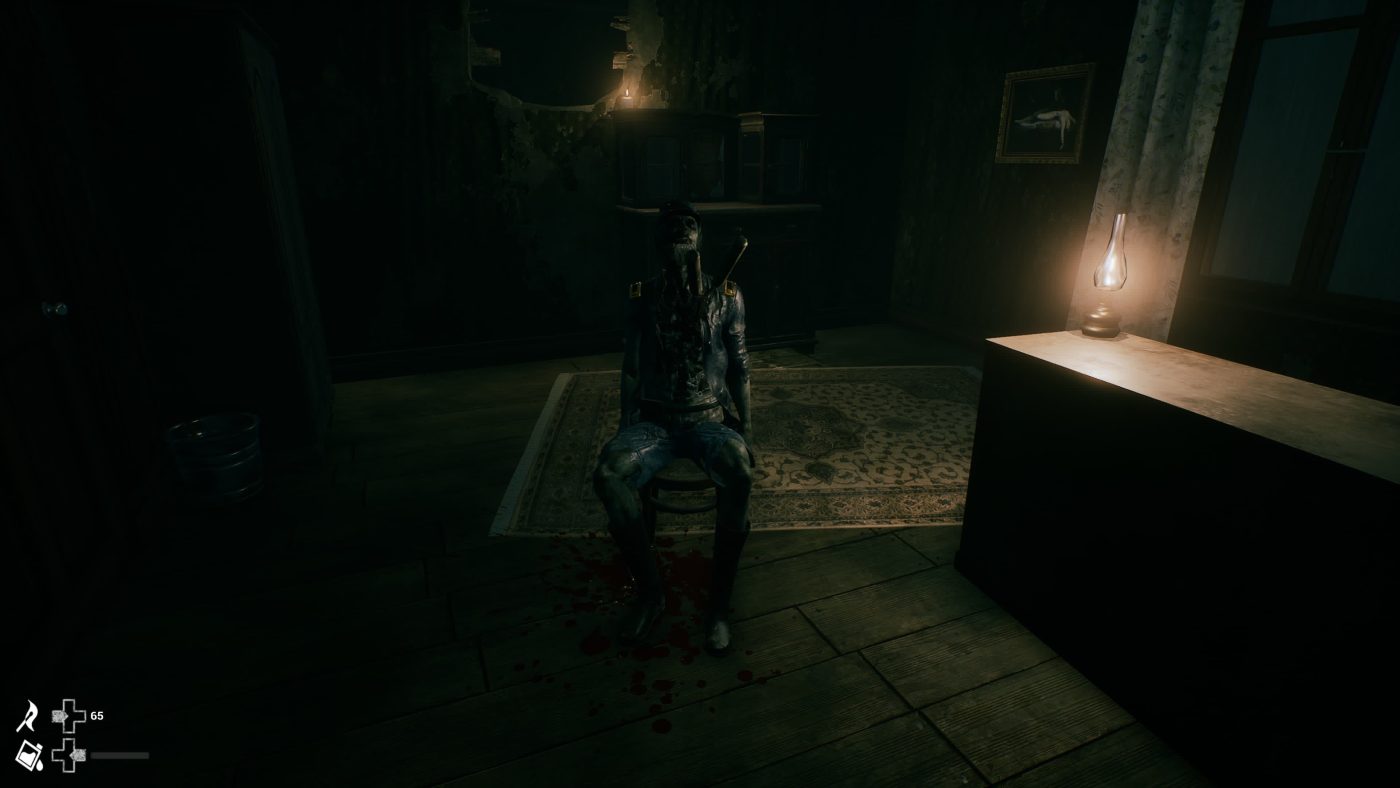
Character and environmental animations are fluid and well-executed, particularly during moments of scripted tension or interaction. Movements feel grounded, enhancing realism and maintaining the illusion of immersion. The physics system also contributes to the atmosphere—doors creak open unnaturally, objects respond believably to interaction, and shadows react dynamically to shifting light sources.
All these elements are held together by a cohesive artistic vision. The Beast Inside doesn’t just aim to look good—it uses its technical foundation to reinforce its narrative depth and emotional intensity. The result is a technically accomplished and visually compelling experience that elevates the storytelling and deepens player immersion.
Well-Executed and Emotionally Resonant Sound
The sound design in The Beast Inside is integral to establishing its pervasive atmosphere of tension and unease. Meticulous craftsmanship in the original score, ambient effects, and overall audio design culminates in an immersive auditory experience that amplifies suspense and dread. The soundtrack expertly balances moments of deceptive tranquility with intense, suspenseful passages, guiding players through a psychologically charged narrative journey.
Embracing a minimalist yet impactful approach, the soundscape refrains from overwhelming the player with intrusive melodies. Instead, it weaves a subtle, continuous auditory backdrop that heightens the sense of impending danger, even during ostensibly calm moments. Ambient sounds—such as the whispering wind through the trees, the creaking of ancient floorboards, sudden sharp cracks, distant footsteps, and unidentifiable noises—effectively amplify feelings of isolation and vulnerability.
The environmental audio cues are precisely synchronized and convincingly realistic, enhancing immersion and player engagement. The strategic use of unsettling and distorted sounds, characteristic of psychological horror, masterfully instills a lingering sense of dread and anxiety throughout the experience.
Complementing the soundscape is the original English voice acting, which delivers compelling and nuanced performances. From Adam’s measured and introspective delivery to the chilling, ominous tones of the supernatural entities, the vocal work adds depth and authenticity to the characters, enriching the narrative’s emotional resonance.
The Beast Inside also leverages advanced audio technologies such as spatial audio and surround sound, creating a dynamic, three-dimensional soundscape that allows players to precisely pinpoint the source of noises. This enhances realism and suspense, especially during moments when danger is imminent but not visible.
In conclusion, the sound design of The Beast Inside is a high-quality, meticulously crafted element that adeptly supports and enriches both the narrative and atmosphere, fully immersing the player in the experience.
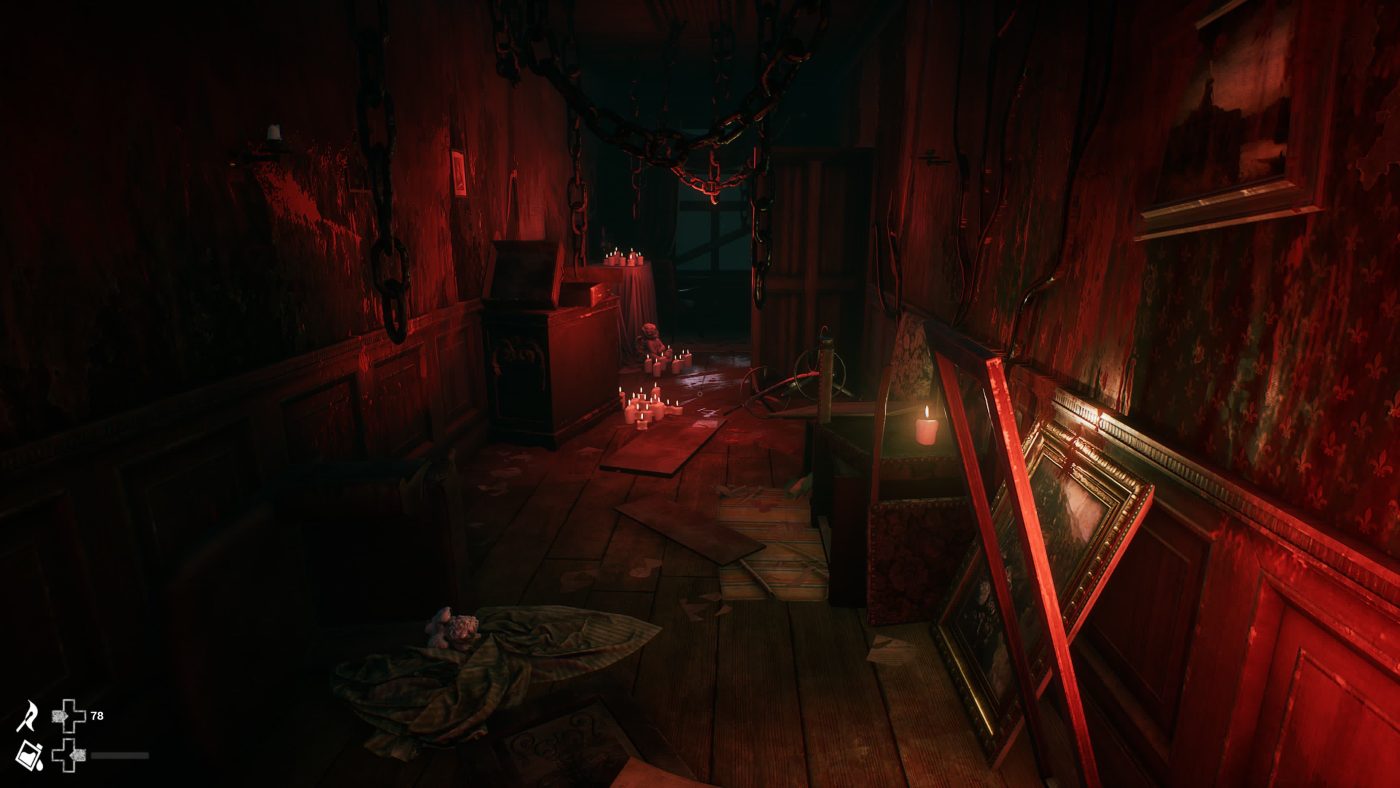
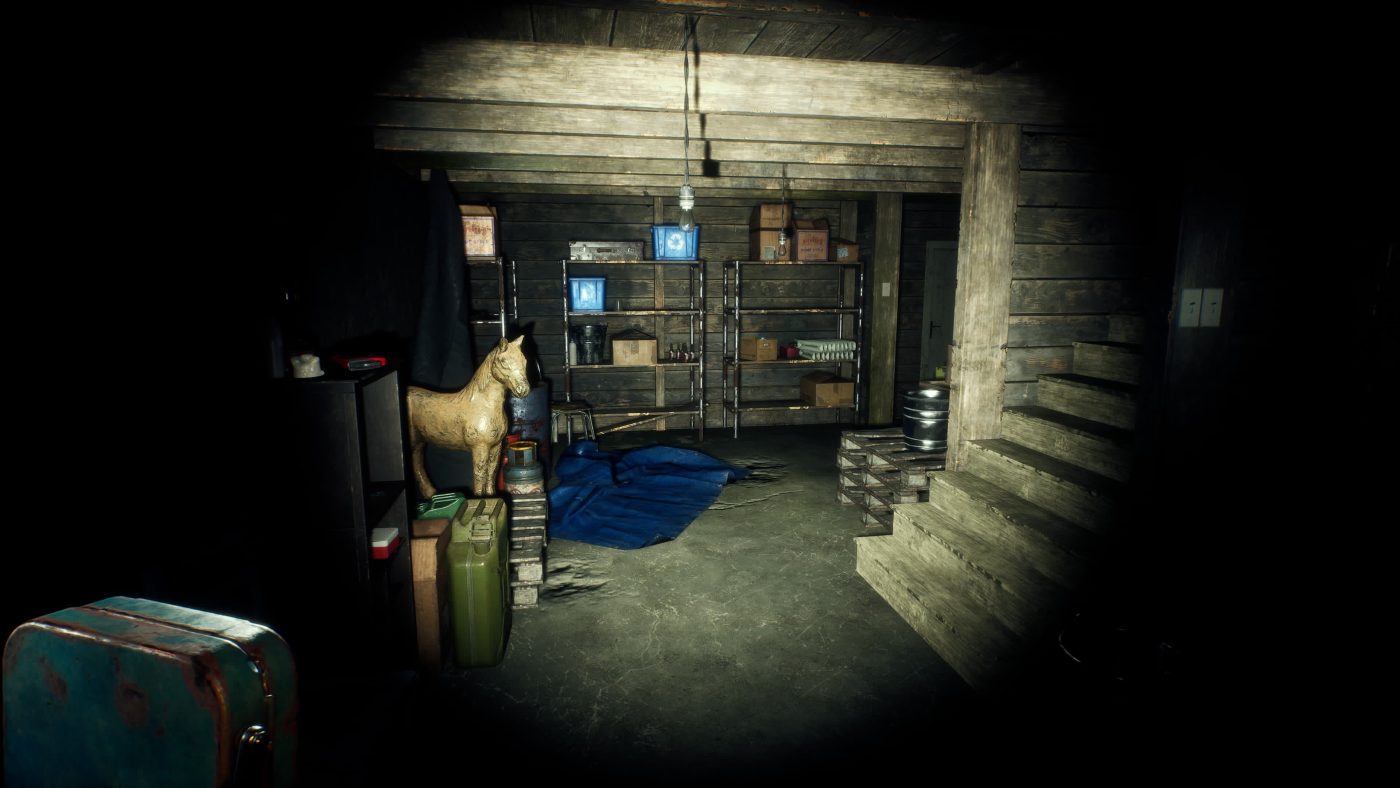
Engaging Mechanics with a Fresh Twist
The gameplay of The Beast Inside is primarily structured as a first-person adventure infused with strong narrative and puzzle-solving elements, guided by a measured and deliberate pacing that emphasizes exploration and psychological tension over fast-paced action or direct combat—though those moments are not entirely absent.
This design philosophy underscores the developers’ ambition to deliver a deeply immersive and engaging experience, one that draws its strength from a richly layered atmosphere of suspense and mystery.
Progression unfolds linearly, encouraging players to delve into the intricacies of the narrative. Puzzles, intricately woven into both storytelling and environmental design, frequently require players to carefully observe their surroundings and piece together seemingly unrelated clues in order to advance—nurturing both curiosity and attention to detail.
A particularly distinctive feature, as previously mentioned, lies in the alternation between two protagonists, each rooted in a different historical period. Gameplay shifts according to the temporal setting: in the present, Adam explores contemporary environments, while in the past, Hyde confronts darker, more supernatural threats. This dual perspective adds narrative depth, while enriching gameplay with variety and a heightened sense of enigma.
Combat is largely de-emphasized. When faced with hostile entities, the game favors evasion or stealth over direct confrontation, amplifying the adrenaline and sense of vulnerability. This approach enhances the psychological dimension of the horror, drawing on fear of the unknown and the unease of powerlessness.
Environmental interaction is smooth and finely tuned, with intuitive controls allowing players to manipulate objects, open doors, examine documents, and trigger mechanisms seamlessly. The minimalistic map and HUD elements reflect the game’s commitment to immersion, avoiding the use of intrusive tutorials or excessive on-screen guidance.
Lastly, the game introduces limited yet meaningful moral and narrative choices, which subtly influence certain plot developments and lead to multiple possible endings. While these decisions may not drastically alter the storyline, they offer compelling reflections on the consequences of one’s actions and invite players to engage with alternative interpretations of events.
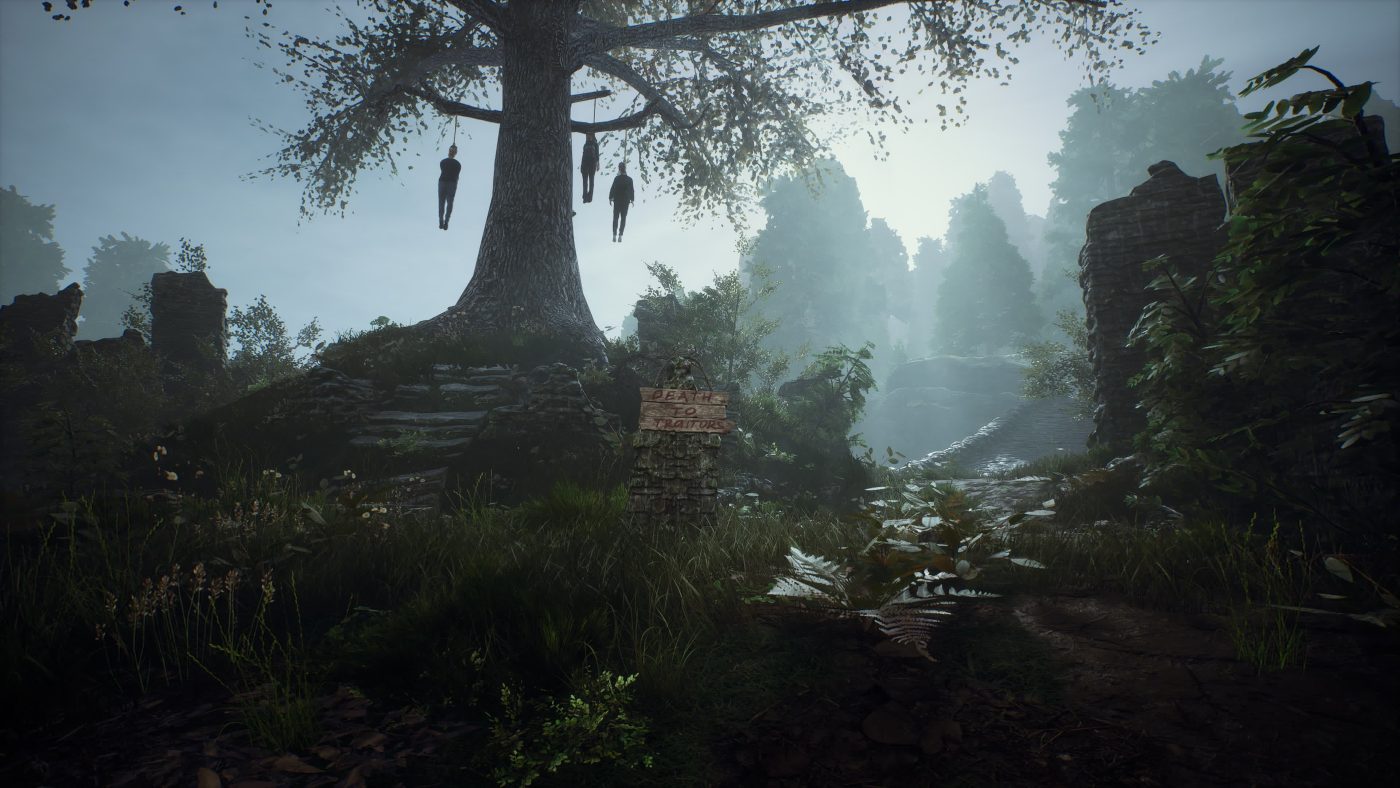


Mixed Critical Response
The Beast Inside has successfully carved out a distinctive place within the indie horror game landscape, offering a blend of strengths and weaknesses that warrant thorough critical examination.
One of the most widely praised aspects among critics is the game’s remarkable ability to craft a chilling and immersive atmosphere. The interplay between two time periods, combined with meticulously detailed environments, cultivates a pervasive sense of mystery that keeps players consistently on edge. Its layered narrative and enigmatic structure are particularly valued for igniting curiosity and sustaining tension, delivering an experience that transcends typical jump-scare horror.
From a technical perspective, the game is broadly regarded as well-executed, boasting expert lighting management, cohesive art direction, and fluid animations. Leveraging Unreal Engine 4, the visuals stand out for an indie title, effectively conveying the dark and unsettling ambiance emblematic of the genre.
On the other hand, the game’s pacing has drawn criticism for occasionally feeling overly slow and contemplative, resulting in moments where action is sparse and progression slows. This may lessen engagement for players who prefer more dynamic or event-driven gameplay, though genre enthusiasts will likely find the pace appropriate. Additionally, certain puzzles suffer from vague clues or unintuitive mechanics, causing frustrating bottlenecks that disrupt narrative flow.
The game’s restrained emphasis on action and combat may also polarize audiences, appealing primarily to seasoned fans while potentially alienating those seeking greater gameplay dynamism.
Finally, while the narrative is engaging and well-structured, it occasionally veers into cryptic or overly ambiguous territory, leaving players with numerous unanswered questions that may never receive definitive resolution. Although this artistic choice is consistent with the game’s tone, it has not been universally embraced, especially by players who prefer a more straightforward and conclusive storyline.
The Beast Inside
PRO
- Immersive and meticulously crafted atmosphere, one of the game’s standout strengths, achieved through expertly detailed environments, lighting, and sound design that fully engage the player in an intense and captivating experience;
- Intricate, multi-layered narrative, employing a non-linear structure that alternates between past and present, enriching the story with depth and mystery while sustaining curiosity and tension throughout;
- Carefully designed art direction, featuring well-realized environments that balance realism with evocative aesthetics, reinforcing the game’s psychological and unsettling tone;
- High-quality soundtrack and sound design, with sound effects that effectively contribute to building a constant atmosphere of suspense and tension;
- Multiple endings and narrative choices, though somewhat limited, which influence the conclusion, offering increased replayability and emotional engagement.
CON
- Pacing that is slow and at times overly contemplative, which may feel cumbersome for players seeking a more dynamic experience, resulting in moments where tension dips and the sense of progression weakens;
- Puzzles that can be vague or frustrating, disrupting the narrative flow and causing frustrating dead-ends that may hinder overall enjoyment;
- Minimal interactivity and lack of combat, potentially alienating players who prefer more diverse and action-oriented gameplay;
- An ambiguous and cryptic narrative, which, although appealing to fans of intricate storytelling, might leave others confused and longing for clearer resolutions.





